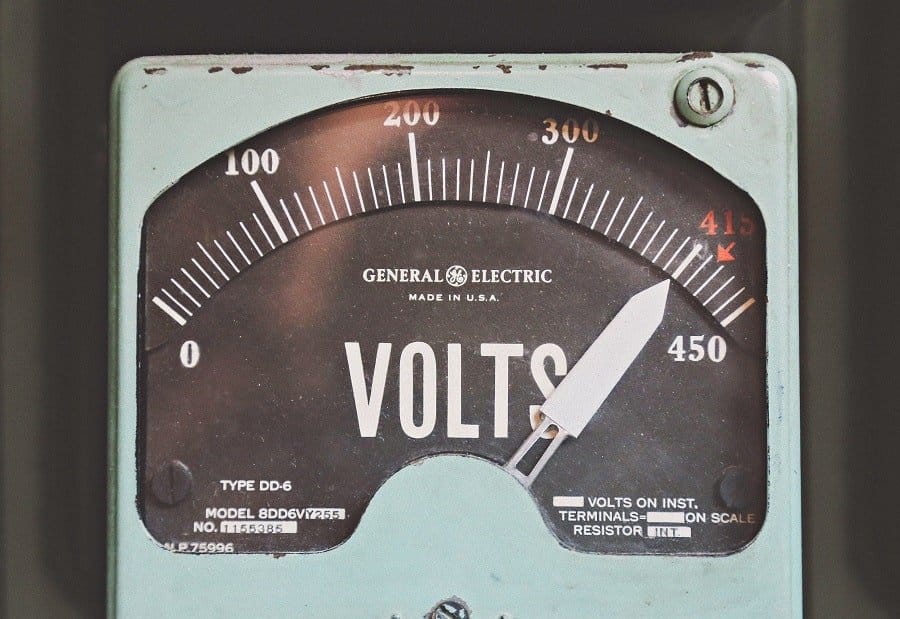Page Contents
At the end of this article, I assure you that you will get a pretty good outline of what the Indian Seasonal Energy Efficiency Ratio (ISEER) is all about so that in the future you won’t have any issue choosing which home appliance will be the best energy-efficient appliance for you.
Since 2010, the Bureau of Energy Efficiency (BEE) has imposed its star rating on every Air Conditioners under Energy Conservation Act and since then air conditioners cannot be sold without a star label. BEE continuously tightens the standards such that, the Star-5 in 2010 became Star-3 in 2015 and will become Star-1 in 2018 as per the new ISEER methodology.
Every passing year Bureau of Energy Efficiency (BEE) tries to improve its Star Rating system with the objective of improving the Energy Efficiency of Air Conditioner (AC).
Before going any further lets first clear very frequently asked question i.e. is
What is ISEER full form? – Indian Seasonal Energy Efficiency Ratio
what is ISEER vs EER
Let’s look at the concept of EER first, What is EER?
An Energy Efficiency Ratio (EER) is one type of efficiency rating for cooling systems.
Introduced in 1975 by The Air Conditioning, Heating & Refrigeration Institute (AHRI), EER provides a much-needed appraisal for cooling systems. Nowadays, every cooling system features this useful classification which lists the amount of BTU’s (British Thermal Unit) per hour that the equipment uses for each watt of power drawn. A BTU is a measurement of energy in heat.
The EER is the ratio of output cooling energy (in BTU) to electrical input energy (in Watt-hour).

source: https://www.powerknot.com/2011/03/01/cops-eers-and-seers/
What is SEER?
The efficiency of the AC depends on the outdoor temperature (outside room) and the indoor temperature (inside room). Also, Throughout the year temperature is not gonna be the same. In summers, the temperatures are significantly higher as compared to the winter months.
Secondly, the usage of the ACs in summer is much more as compared to winter usage. Hence, the concept of Seasonal Energy Efficiency Ratio (SEER) comes into play. And this concept is used worldwide.
As with EER, the SEER is the ratio of output cooling energy (in BTU) to electrical input energy (in Watt-hour). However, the SEER is a representative measurement of how the system behaves over a season where the outdoor temperature varies:

source: https://www.powerknot.com/2011/03/01/cops-eers-and-seers/
What is ISEER?
When you use the SEER concept, you have to consider that the seasons can differ from country to country. Therefore, you have different SEER for different countries. In India, we have the Indian Seasonal Energy Efficiency Ratio (ISEER)
The basic concepts of EER and ISEER are the same. The only difference is the seasonal factoring.
Cooling Seasonal Energy Consumption (CSEC) – Total annual amount of energy consumed by
the equipment when it is operated for cooling in active mode.
Cooling Seasonal Total Load (CSTL) – Total annual amount of heat that is removed from the
indoor air when the equipment is operated for cooling in active mode.
Indian Seasonal Energy Efficiency Ratio (ISEER) – Ratio of the total annual amount of heat that the equipment can remove from the indoor air when operated for cooling in active mode to the total annual amount of energy consumed by the equipment during the same period.
ISEER = CSTL / CSEC
We also have some of the best-researched articles on Window AC, Split AC & Inverter AC which also have some of the Best ISEER rating ac in India
Rating Plan
The star rating parameters for ISEER shall be as given as below
Voluntary Phase: This is the starting phase of the BEE. BEE starts each product with this phase. First BEE starts understating the product and research about quality required in particular that product. After that, they disclose the regulation guidelines for it. But it is not compulsory to follow this guideline during that phase. But Manufactures can start following those guidelines in 1-2 years.
Mandatory Phase: This is the second phase of BEE. BEE now forcefully discloses the guidelines for that particular product after a voluntary scheme applied. Now that particular product must have to follow the guideline of BEE and label their product according to the guideline. Manufactures must have share ratings and other factors of the product to customer which is approved by BEE after lab test.

ISEER Calculation Sheet
References
- https://www.kitchenarena.in/iseer-eer-bee-star-ratings/#The_ISEER_Concept
- https://www.powerknot.com/2011/03/01/cops-eers-and-seers/
- https://www.burgesons.com/blog/understanding-your-energy-efficiency-ratio
- http://vikaspedia.in/energy/policy-support/energy-efficiency/indian-seasonal-energy-efficiency-ratio
- https://www.reliancedigital.in/solutionbox/iseer-star-ratings-how-they-help-save-on-electricity-bills/
You can also read more about it on the official BEE website.
The Bureau of Energy Efficiency (BEE) has made it simpler, giving you all the details on cooling capacity, power consumption, seasonal energy consumption, and star ratings of the AC model you are looking for. If you know the AC model, you can search and compare from a list of air conditioners, click here.
For any queries related to appliances of Standards and Labelling Program – click here
